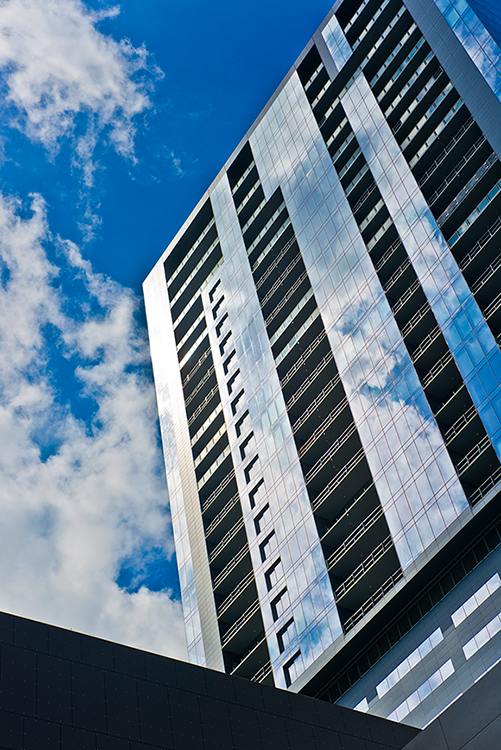Chapter 5: Controlling Exposure
Exposure is one of the most important, if not the most important, concepts in photography. Getting to know what each exposure setting means and how to meld them all into a perfect exposure is the key to producing photographs exactly as you want them to appear. If you don’t understand the crucial theory of exposure, you will never be able to get reproducible results of the photographs you take. Exposure is not a difficult concept to master, but it can be technically confusing, especially if you’re new to using a dSLR. While it is true that the D600 has scene mode capabilities that allow you to simply set the scene and shoot, I have a feeling that you wouldn’t have bought a relatively advanced camera nor would you have purchased this book if you intended to simply use it in fully automatic mode. In any case, let’s start by taking a look at what goes into making an exposure.

Knowing which modes and features to use in any given situation allows you to get a good exposure, no matter what.
Defining Exposure
Strictly speaking, exposure is the amount of light that your camera collects in a single shutter cycle. A shutter cycle occurs when you fully depress the shutter-release button, the mirror flips up, the shutter opens, the shutter curtains close, the mirror flips back down, and the shutter is reset.
Three things determine how much exposure the CMOS ...

